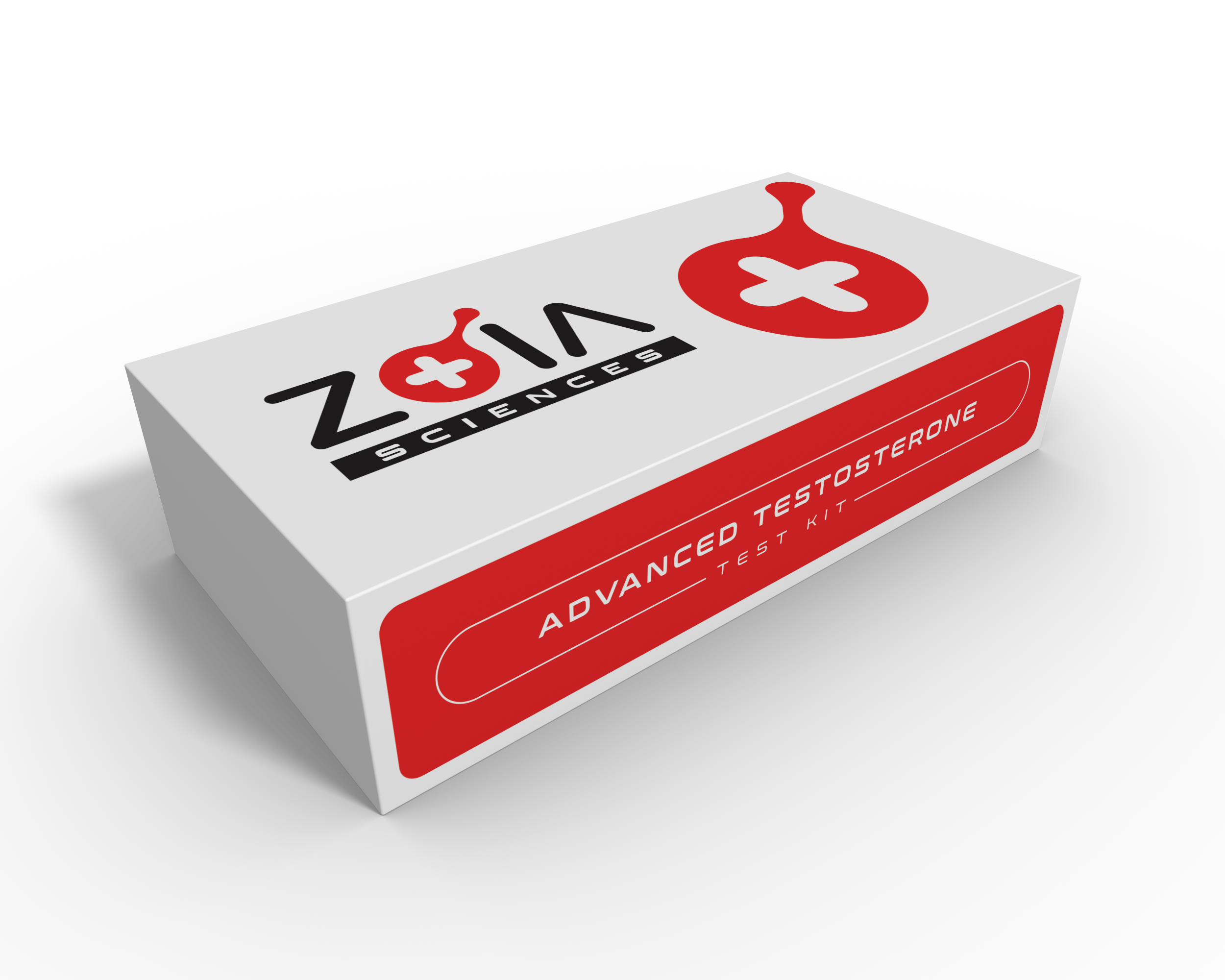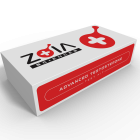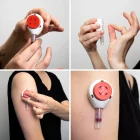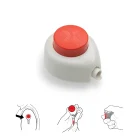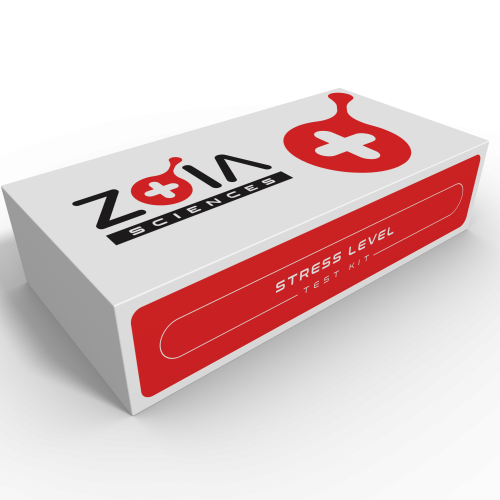Description
Achieve Optimal Results
Achieve Your Best

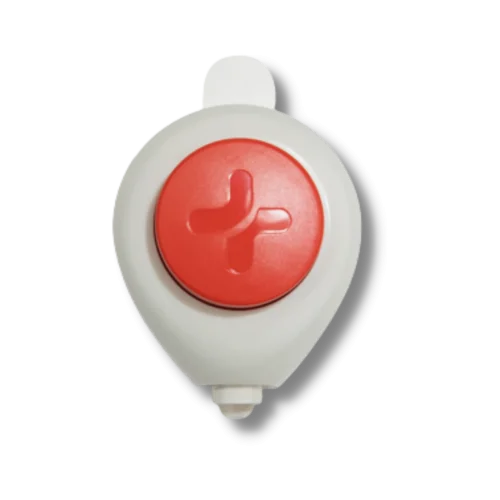
Blood Draw Made Easy
Tasso+ Blood Collection Device
The Tasso+, self-collection device makes it quick and easy to independently draw a small blood sample at home, without the stress or circulation issues of a fingertip draw.
Both of our TruAge test kits require a blood sample to analyze various age-related biomarkers. Each kit comes with all materials needed to complete an at-home, blood sample collection. Several lancets (a small finger-pricking tool) are included in each TruAge kit. However, patients who are squeamish or uncomfortable with that extraction option can purchase a Tasso+ device, which attaches to the bicep-facing, upper section of the arm for minimal patient involvement in the blood collection process.
What this Test Measures
Advanced Testosterone Panel
Information
Our bodies are unique, and standard nutrition guidelines can’t cater to our genetic makeup. Personalized nutrition, powered by our Precision Nutrition Test (Nutrigenomics), is the future of health and wellness. We analyze up to 200 million genetic variants to provide a personalized report, helping you make sustainable changes for optimal fitness, health, and lifestyle. No more guesswork—just you, at your healthiest.
When to test
Recommended for individuals experiencing negative health symptoms caused by chronic stress or anxiety. Take control of your well-being and order your MLD Stress Level Test today.
What's measured
Measure Cortisol, the body’s ‘Stress Hormone.’ High cortisol levels can contribute to weight gain, weakened immune system, acne, thinning hair, fatigue, diabetes, and more.
Testosterone is often associated with masculinity, but the female body also produces and uses testosterone in smaller amounts. Males with low testosterone often experience a reduction in muscle mass, sex drive and strength, and an increase in weight gain, belly fat, depression, irritability and mental fog. Women experience similar symptoms of low testosterone as men with negative impacts to muscle and bone mass, weight gain, sex drive and mood. Low or high testosterone levels could be an indication of a health problem. Whether you’re a man or a woman, understanding your testosterone and other hormone levels is an important part of your overall health, wellness and vitality plan.
Testosterone is a sex hormone that regulates sex drive, muscle mass, bone mass, fat distribution and the production or both red blood cell and sperm (in men). It helps male features develop over time and it naturally decreases as men age. The effects of gradually lowering testosterone levels in men are known as late-onset hypogonadism. This condition affects 4 in 10 men by the age of 45. Women also produce testosterone but in much smaller amounts. Among women, a high testosterone level may indicate the presence of polycystic ovary syndrome which impacts 6% to 10% of premenopausal women.
Common Symptoms of low Testosterone in Men
- Fatigue
- Decreased muscle mass
- Increased fat levels, especially belly fat
- Overall weight gain
- Low libido or sex drive
- Irritability
- Mental fog and memory loss
- Depression and low overall drive
Common Symptoms of Low Testosterone in Women
- Increased body fat
- Irritability, depression, anxiety
- Loss of bone density
- Low libido or sex drive
- Vaginal dryness
- Decreased muscle mass
- Thinning hair
- Memory loss
SHBG, or Sex hormone binding globulin, is a protein made by the liver that attaches itself to three sex hormones: testosterone, dihydrotestosterone and estradiol. It is often used to evaluate men for low testosterone and women for excess testosterone production. High SHBG levels indicates the protein is attaching itself to your sex hormones excessively, making testosterone less available in the body while Low SHBG levels means there are potentially more free sex hormones for your body to use.
Symptoms of High SHBG
- Infertility
- Decreased sperm concentration and motility
- Decreased sex drive
- Impotence
- Reduced testicle size
- Decreased body hair
Symptoms of Low SHBG
- Fluid retention
- Acne
- Increased appetite and weight gain
- Increased muscle mass
- Weight gain
- Excess facial and body hair
- Acne
- Mood changes
Free testosterone is the unbound form of testosterone in the body. 98% of the testosterone found in the body is bound to either sex-hormone binding globulin (SHBG) or albumin. This is referred to as “bound testosterone”. The other 2% that is leftover is known as “free testosterone”. Free testosterone is what connects with testosterone receptors within the body’s cells. Free testosterone enables cell replication in the bones and muscles and is responsible for secondary sexual characteristics in men such as facial hair and a deeper voice. Low levels of free testosterone can lead to poor muscle development, irritability, low sex drive and other issues.
Free Androgen Index (FAI) is a ratio that is calculated by comparing the total amount of testosterone against the levels of SHBG. It is used as an indicator of how much free testosterone is available for the body to use.
Total testosterone circulates primarily as protein-bound. For example, approximately 80% is bound to sex hormone binding globulin (SHBG) and about 18% is bound to albumin. Only 2-3% exists in free, biological active form. Because testosterone is only weakly tied to albumin, it can be reversed easily. Bioavailable Testosterone is therefore a calculated value comprised of albumin-bound testosterone and free testosterone.
Learn More
- Who Should Take This Test?
- Total Testosterone
- SHBG
- Free Testosterone
- Free Androgen Index
- Bioavailable Testosterone
Testosterone is a sex hormone that regulates sex drive, muscle mass, bone mass, fat distribution and the production or both red blood cell and sperm (in men). It helps male features develop over time and it naturally decreases as men age. The effects of gradually lowering testosterone levels in men are known as late-onset hypogonadism. This condition affects 4 in 10 men by the age of 45. Women also produce testosterone but in much smaller amounts. Among women, a high testosterone level may indicate the presence of polycystic ovary syndrome which impacts 6% to 10% of premenopausal women.
Common Symptoms of low Testosterone in Men
- Fatigue
- Decreased muscle mass
- Increased fat levels, especially belly fat
- Overall weight gain
- Low libido or sex drive
- Irritability
- Mental fog and memory loss
- Depression and low overall drive
Common Symptoms of Low Testosterone in Women
- Increased body fat
- Irritability, depression, anxiety
- Loss of bone density
- Low libido or sex drive
- Vaginal dryness
- Decreased muscle mass
- Thinning hair
- Memory loss
SHBG, or Sex hormone binding globulin, is a protein made by the liver that attaches itself to three sex hormones: testosterone, dihydrotestosterone and estradiol. It is often used to evaluate men for low testosterone and women for excess testosterone production. High SHBG levels indicates the protein is attaching itself to your sex hormones excessively, making testosterone less available in the body while Low SHBG levels means there are potentially more free sex hormones for your body to use.
Symptoms of High SHBG
- Infertility
- Decreased sperm concentration and motility
- Decreased sex drive
- Impotence
- Reduced testicle size
- Decreased body hair
Symptoms of Low SHBG
- Fluid retention
- Acne
- Increased appetite and weight gain
- Increased muscle mass
- Weight gain
- Excess facial and body hair
- Acne
- Mood changes
Free testosterone is the unbound form of testosterone in the body. 98% of the testosterone found in the body is bound to either sex-hormone binding globulin (SHBG) or albumin. This is referred to as “bound testosterone”. The other 2% that is leftover is known as “free testosterone”. Free testosterone is what connects with testosterone receptors within the body’s cells. Free testosterone enables cell replication in the bones and muscles and is responsible for secondary sexual characteristics in men such as facial hair and a deeper voice. Low levels of free testosterone can lead to poor muscle development, irritability, low sex drive and other issues.
Free Androgen Index (FAI) is a ratio that is calculated by comparing the total amount of testosterone against the levels of SHBG. It is used as an indicator of how much free testosterone is available for the body to use.
Total testosterone circulates primarily as protein-bound. For example, approximately 80% is bound to sex hormone binding globulin (SHBG) and about 18% is bound to albumin. Only 2-3% exists in free, biological active form. Because testosterone is only weakly tied to albumin, it can be reversed easily. Bioavailable Testosterone is therefore a calculated value comprised of albumin-bound testosterone and free testosterone.
Information
Our bodies are unique, and standard nutrition guidelines can’t cater to our genetic makeup. Personalized nutrition, powered by our Precision Nutrition Test (Nutrigenomics), is the future of health and wellness. We analyze up to 200 million genetic variants to provide a personalized report, helping you make sustainable changes for optimal fitness, health, and lifestyle. No more guesswork—just you, at your healthiest.
When to test
Recommended for individuals experiencing negative health symptoms caused by chronic stress or anxiety. Take control of your well-being and order your MLD Stress Level Test today.
What's measured
Measure Cortisol, the body’s ‘Stress Hormone.’ High cortisol levels can contribute to weight gain, weakened immune system, acne, thinning hair, fatigue, diabetes, and more.
NEW TO SELF-COLLECTED TESTING?
Learn How It Works
Take control of your health. Self-collected tests allow you to test in the comfort of your own home when it is convent for you.

